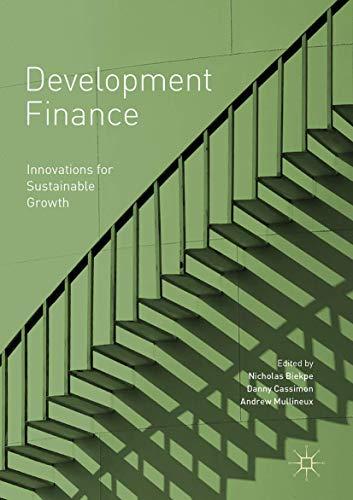Part (I) (60%) You have three securities (securities 1, 2, and 3) that are properly priced according to the Arbitrage Pricing Theory (APT) model that is consistent with the single factor model for the return of security i as a function of the factor F: ri=0; +bF+er, for i = 1,2,3. The mean returns of securities 1, 2, and 3 are 5%, 6%, and 5%, respectively. For securities 1, 2, and 3, their factor loadings are 0.75, 1. and 0.75, respectively. (a) Please find the risk free rate and the excess return of the pure factor portfolio. Please show the APT model for the data provided. (b) Assume that securities 1, 2, and 3 are priced at $ 10, S 15, and 20, respectively. If you wish to form an arbitrage free portfolio, how many shares of securities 1, 2, and 3 you need to have at the minimum? Part (II) (40%) Assume that the current dividend payment of the stock XYZ is $ 1. The dividend grows at the constant rate of 10 %. The cost of capital is 15 %. (a) Please show the DDM model and derive the Gordon growth model from the DDM model. (b) Please use the data for the stock XYZ and the Gordon growth model to calculate the fair price of XYZ. Part (I) (60%) You have three securities (securities 1, 2, and 3) that are properly priced according to the Arbitrage Pricing Theory (APT) model that is consistent with the single factor model for the return of security i as a function of the factor F: ri=0; +bF+er, for i = 1,2,3. The mean returns of securities 1, 2, and 3 are 5%, 6%, and 5%, respectively. For securities 1, 2, and 3, their factor loadings are 0.75, 1. and 0.75, respectively. (a) Please find the risk free rate and the excess return of the pure factor portfolio. Please show the APT model for the data provided. (b) Assume that securities 1, 2, and 3 are priced at $ 10, S 15, and 20, respectively. If you wish to form an arbitrage free portfolio, how many shares of securities 1, 2, and 3 you need to have at the minimum? Part (II) (40%) Assume that the current dividend payment of the stock XYZ is $ 1. The dividend grows at the constant rate of 10 %. The cost of capital is 15 %. (a) Please show the DDM model and derive the Gordon growth model from the DDM model. (b) Please use the data for the stock XYZ and the Gordon growth model to calculate the fair price of XYZ







